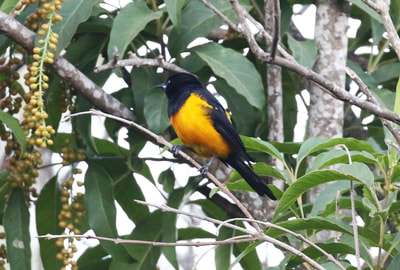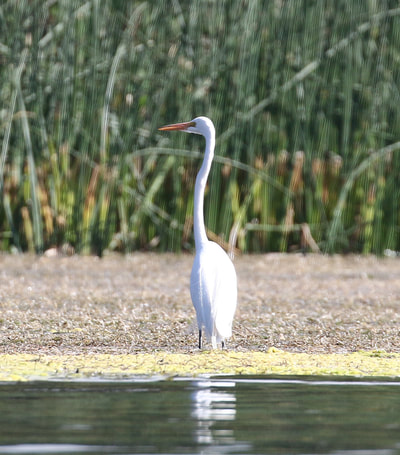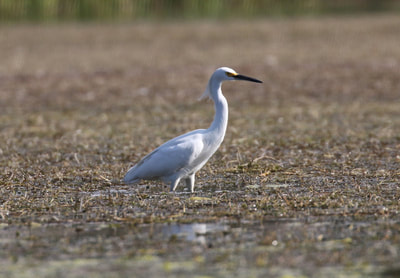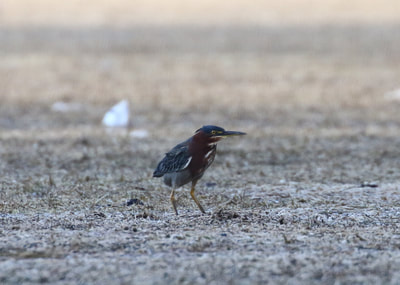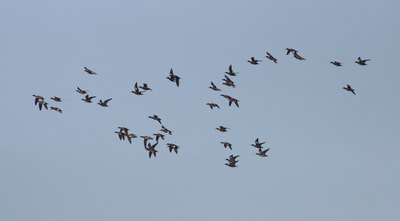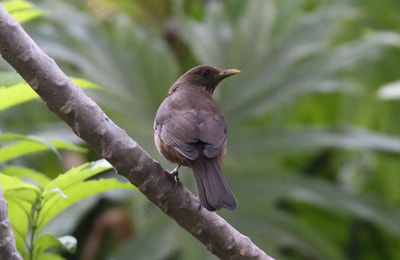3rd March
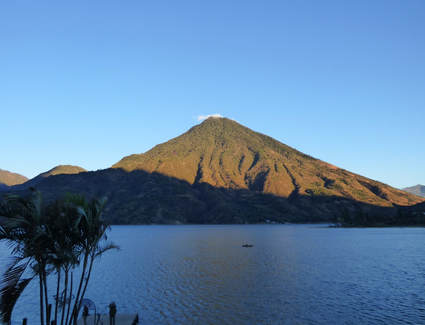 Dawn at Lake Atitlan
Dawn at Lake Atitlan
We weren't so frenetic today. After breakfast we left the Posada and crossed the road into their private gardens by the lake shore. Here we boarded a small launch, to cross the west end of the lake to another small town called San Pedro la Laguna. We set off at a leisurely pace and then the skipper opened the throttle and we sped along. It was quite windy and there was quite a chop on the lake, so the boat frequently leapt over small waves and slammed back again. Quite exhilarating but not good for this old codger's dodgy back! Fortunately it didn't take too long and we soon disembarked at San Pedro. Here, we met up with our drivers and their two small adapted pickups. My back was pretty sore so I was allowed to travel in the cab instead of standing up in the back. In the event I'm not sure it was any better as the seat was pretty knackered! :-) After a relatively short drive we were fairly high up on a road that skirted the flanks of Volcan San Pedro, in an area known as Cerro Paquisis. Basically we birded along the road which was flanked by low trees and open areas with scrub. The first birds we saw were in the air, which was seemingly full of Violet-green Swallows - an incredible sight. Birding the scrubby areas we soon found a couple of Rusty Sparrows which were very smart, and also a Band-backed Wren and its skulky relative, Cabani's Wren, which was singing from cover and eventually gave good views. The other important species to look for here was Belted Flycatcher, another regional endemic [S. Mexico, SW Guatemala, and NW El Salvador; near threatened acc to IOC]. For this we walked up the slope a little until we were overlooking some fairly dense bushes. After much patient scouring of the undergrowth most people eventually got reasonable views of the bird, with its pale breast, slight crest, and narrow orangey breast band. More roadside birding also gave us Baltimore Oriole, a very nice Rufous-capped Warbler, Swainson's Thrush, our only Tropical Mockingbird of the trip, more Grey Silky-flycatchers and a few other species which by now we were pretty familiar with. Most extraordinary was Gareth's 'near miss' with a Singing Quail. We heard one calling and then suddenly it burst out of cover, flew like a bullet across the road and nearly collided with Gareth on the other side, before diving into cover again. As with many birds we had seen, this was another species with a fairly limited distribution, from the Yucatan Peninsular in Mexico through to Guatemala. Nearly all the birds were too small and distant for photography. Birded out, we headed back down to the town and on to the boat, and returned to Santiago de Atitlan headed up to the hotel for a superb lunch.
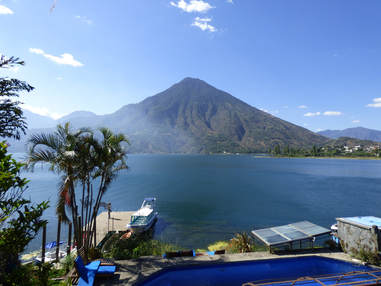 The Posada's pool and jetty
The Posada's pool and jetty
After a well-earned siesta we headed back down to the boat again at 3 p.m., this time for a relaxing cruise around the shoreline of the west end of the lake, which is actually a longish bay known as Bahia de Santiago. This time the water was calm! As we slowly cruised along we ticked off a good selection of herons and egrets as you might expect - Green Heron, Great Blue Heron, Great [White] Egret, Snowy Egret, Tricoloured Heron and Little Blue Heron, including the confusing all white juvenile form. Other water birds comprised [American] Purple Gallinule, Common Gallinule, Least Sandpiper and 4 Spotted Sandpipers, and Blue-winged Teal. A few Laughing Gulls were seen overhead, and then quite unexpectedly a flock of about 30 American Wigeon, which are winter visitors. Also overhead, the sky was full of Vaux's Swifts, and Violet-green, Barn and Northern Rough-winged Swallows, all feeding on the many insects. As we reached the far shore of the bay we noted a lone Belted Kingfisher - a lingering winter visitor. Time was marching on as we cruised back to the Posada's landing stage. It had been a hot afternoon and was now a lovely early evening so some of us chilled by the pool bar in the shoreline garden with a thirst quenching drink - I had an excellent [and generously sized] G&T! We then headed back to get ready for another great supper.
